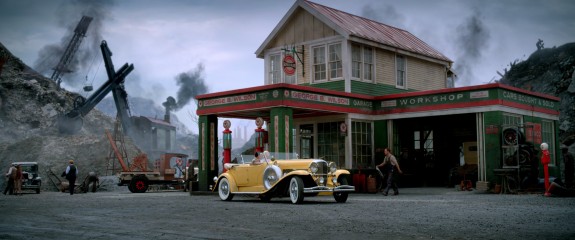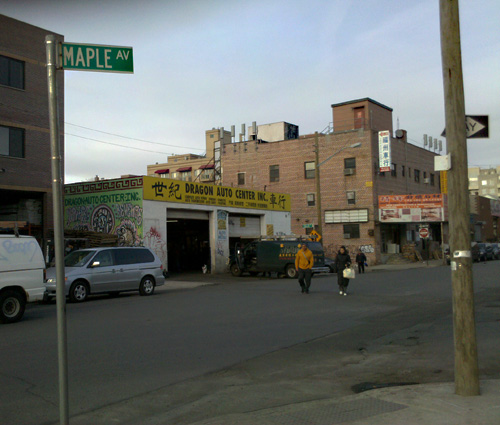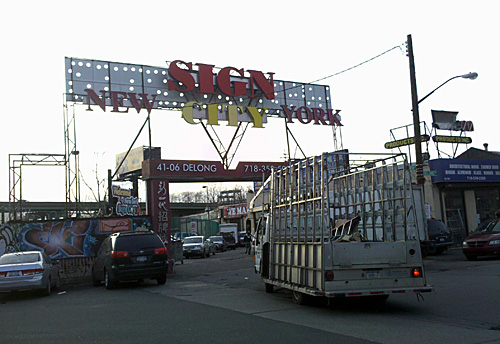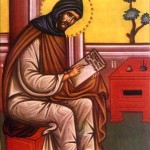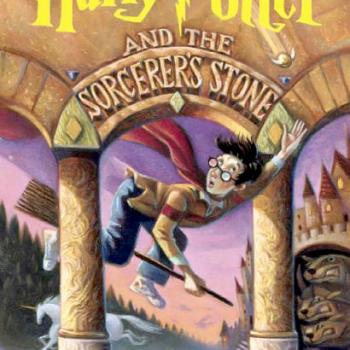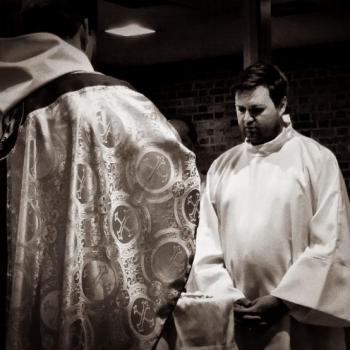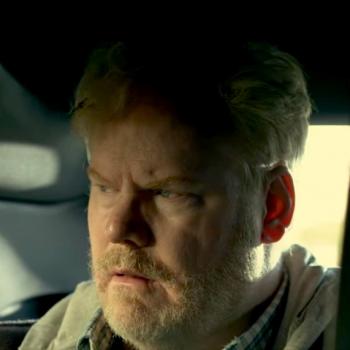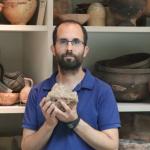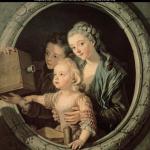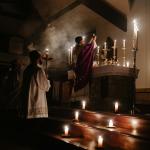Anyone who’s seen the newest incarnation of “The Great Gatsby” starring Leonardo DiCaprio, or read F. Scott Fitzgerald’s classic book, remembers that ominous “valley of ashes,” a desolate corner of Queens that Gatsby and his entourage pass through on the way to Manhattan—and the setting for a critical twist in the plot.
A few years ago blogger Levi Asher retraced the route that Gatsby and company must have taken from Long Island to the Plaza Hotel.
He then approximated the location of the valley of ashes — and visited the spot today:
This small industrial neighborhood that sprouts underneath the Van Wyck Expressway overpass offers a unique urban vista that few people will ever see, though it’s only a few steps away from CitiField, the baseball stadium where the New York Mets play (CitiField recently replaced Shea Stadium in the same spot) and, slightly further to the southwest, the US Open Tennis complex that comes alive every August for one of the world’s four Grand Slam tournaments. These stadiums are part of beautiful Flushing Meadows Corona Park, my favorite park in New York City, and a longtime literary inspiration for me. Flushing Meadows Corona Park was also the site of New York’s great 1939 and 1964-1965 World’s Fairs, built on the grounds cleared after the trash-burning operation described so memorably in the The Great Gatsby closed.
An auto garage stands today on Maple Avenue, just east of the railroad/street juncture, exactly where the Wilson garage might have been. The town of Flushing, Queens now has a large Asian population, and the garage is today called “Dragon Auto Center Inc.”. Call me fanciful, but I like to imagine that in 1924 Fitzgerald imagined (or saw a prototype for) the Wilson garage at this precise spot.
An oblique angle on The Great Gatsby‘s symbolism can be discovered in the fact that the triangular plot of land formed by the juncture of the Long Island Railroad tracks and Sanford Avenue now serves as New York City’s central marketplace and foundry for the manufacture of large signs and billboards. The entire triangle is occupied by a set of businesses collectively known as “Sign City”, along with a large Home Depot box store and a vast parking lot.
I can only imagine what semiotic-minded literary postmodernists will make of the knowledge — never revealed anywhere else, as far as I know — that the spot where Jay Gatsby and Nick Carraway saw a sign advertising eye doctor T. J. Eckleberg’s services might have been the spot where the sign was being manufactured, not the sign’s permanent home.
Is there literary significance to be found today by walking this industrial neighborhood, the gateway to the long-vanished valley of ashes? I think there is, because the decrepit streets offer the same contrasts to New York City’s social pretensions today that they offered in 1924, when Fitzgerald conceived his most important book. This unnamed neighborhood is the spot where civilization breaks down, where the unknown people scurry and toil. A passage through this “valley” is a passage through tawdry truth: this disarray is what underlies our proper world. And, as in 1924, it holds its own strange beauty, amidst the graffiti-strewn walls, concrete pillars, grimy factories, polluted streams, quiet walkways, winding train tracks and waving weeds.
Read it all and see more pictures. For those of us who live in Queens—or who just love the book—It’s a fascinating literary tour.

